Marine life
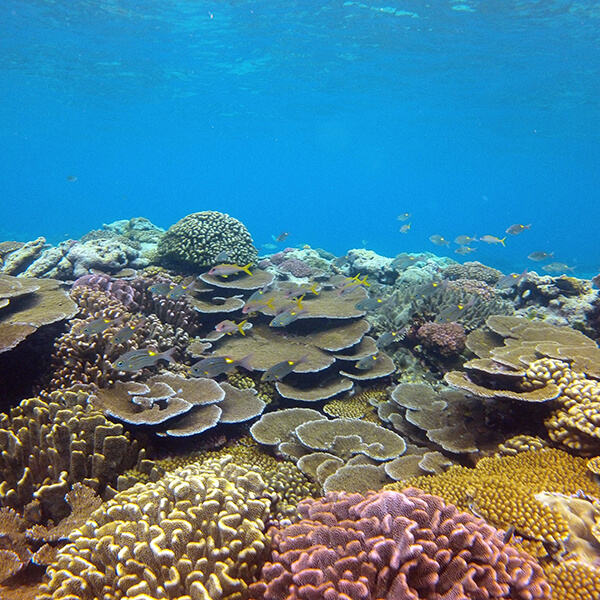
Coral reefs
Learn about the unique and vibrant coral reefs that make up each sanctuary unit in American Samoa.
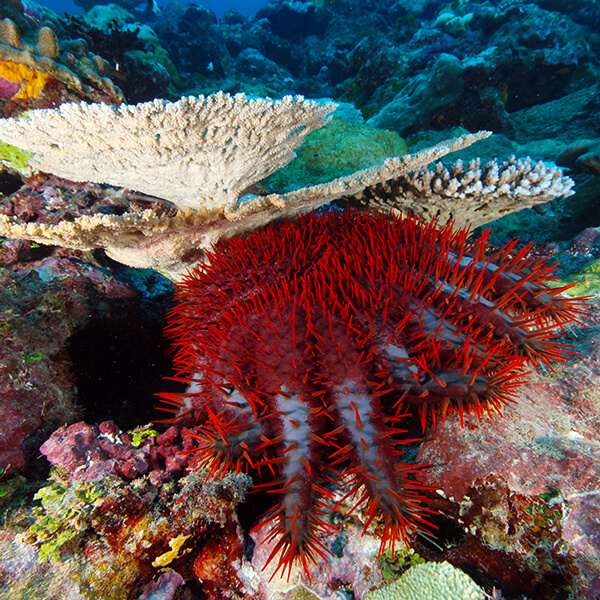
Impacts on the reef
Discover the effects of natural disasters and human impacts on the reef, and learn about reef recovery.
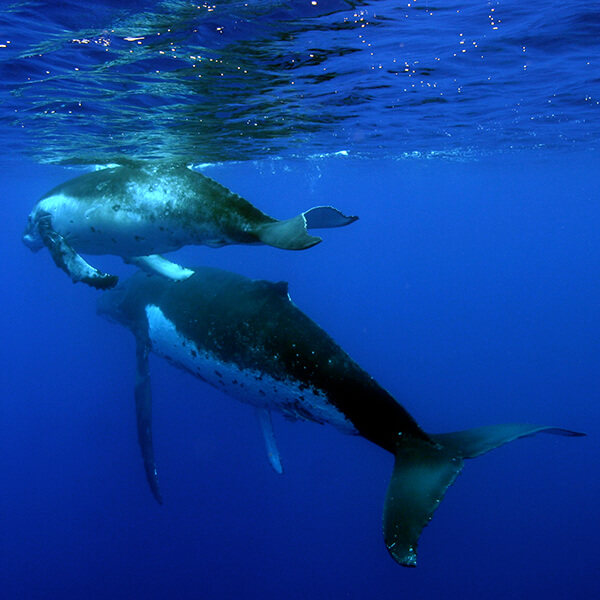
Protected species
Our sanctuaries are home to many marine mammals, and are protected to support recovery of endangered species.
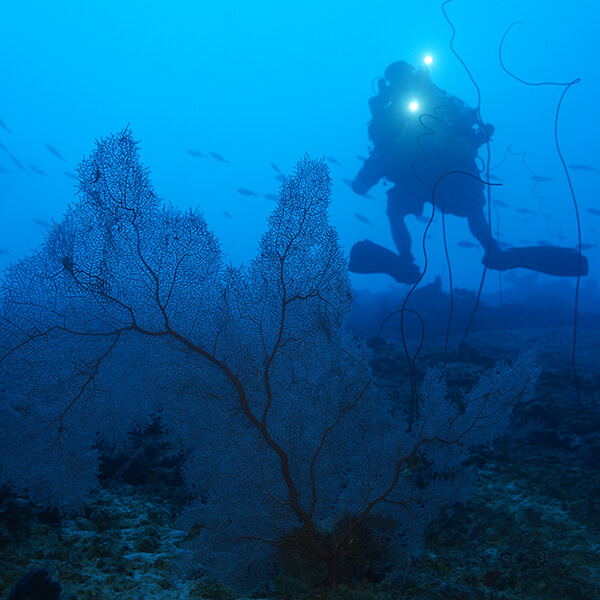
Deep-sea exploration
There’s more to explore beneath the surface. Dive deep into National Marine Sanctuary of American Samoa.
Over 150 species of coral make up the centerpiece of marine life in National Marine Sanctuary of American Samoa. The sanctuary protects more than 1,400 species of other invertebrates and a wide variety of algae, several seagrasses, humpback whales and over a dozen other species of whales and dolphins, hundreds of fish species, over 30 seabird species, and hawksbill and green sea turtles.
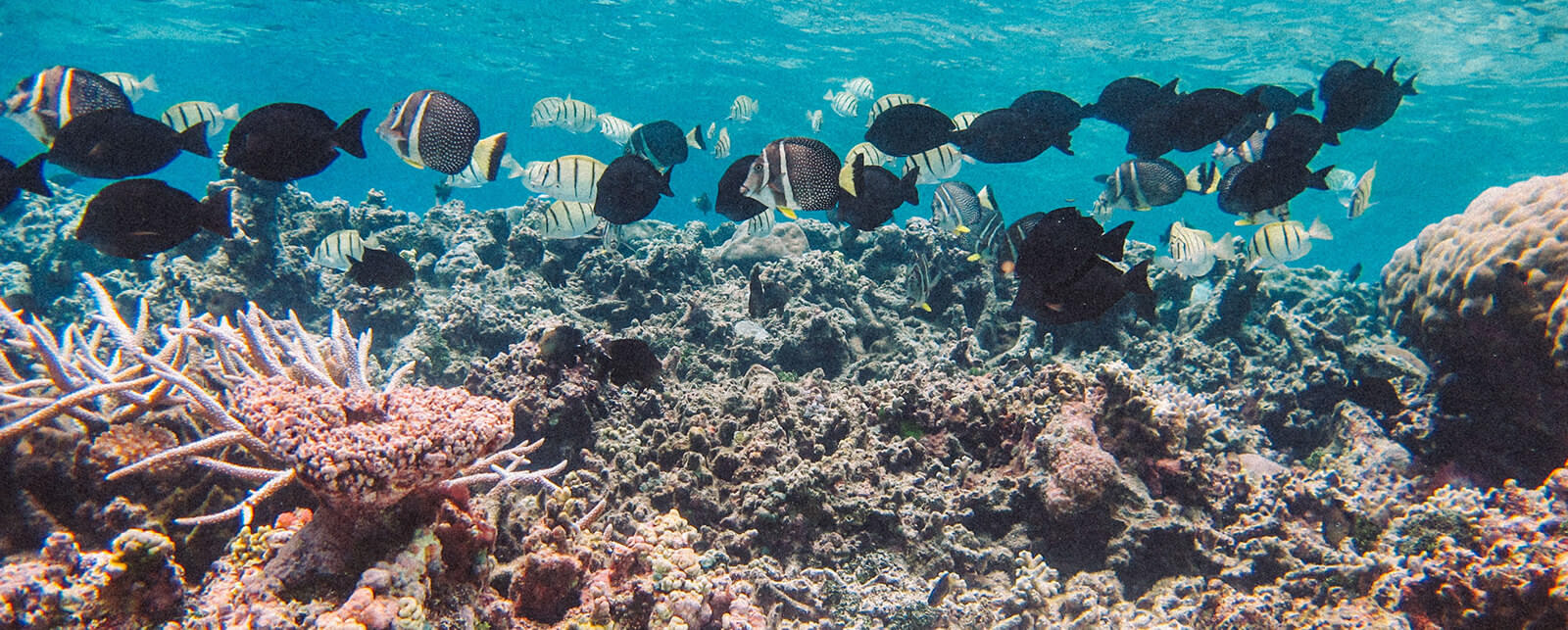
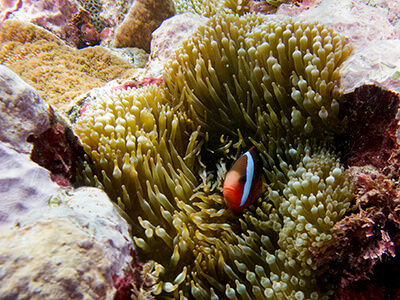
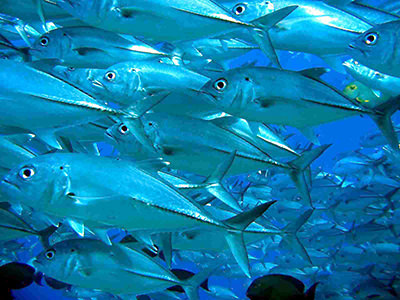

The area surrounding Aunu`u Island has a unique fish community, and overlaps with four distinct biogeographic regions, making it a highly diverse marine area that includes hot spots for coral cover and fish biomass. Aunu`u’s Nafanua Bank is known for its coastal pelagic fish including dog-tooth tuna, giant trevally, and rainbow runner. Sanctuary waters at Aunu`u also include a vibrant patch reef system, and a coral shelf that provides a continuous habitat that extends down to mesophotic reefs (deep-water reefs typically found between 100 and 490 feet depth in tropical regions).
The sanctuary’s coral reefs at Ta`u Island include massive Porites coral heads that are among the oldest and largest known in the world, with one colony measuring 23 feet (7 m) tall and 135 feet (41 m) in circumference! The western side of Ta’u Island is a regional hotspot for coral and fish richness, possesses a distinct coral community, and shelters a large population of giant clam.
Rose Atoll is a distinct bioregion within the archipelago. This atoll is a hotspot for fish biomass, has unique coral and algal communities, supports the highest densities of the giant clam Tridacna maxima in the Samoan archipelago, and is the primary site for green turtle nesting in American Samoa.
Accompanying Rose Atoll in the Muliāva sanctuary unit is the Vailulu`u Seamount, an underwater volcano. The seamount supports a diverse biological community that includes polychaetes, crinoids, octocorals, sponges, and a population of cutthroat eels.
Swains Island is a hotspot for coral cover, fish biomass, and fish species richness. Here, large schools of predators such as barracudas, jacks, and snappers swim. Sharks and humphead wrasse are frequently seen in Swains’ nearshore waters, and dogtooth tuna is more common here than anywhere else in American Samoa.

